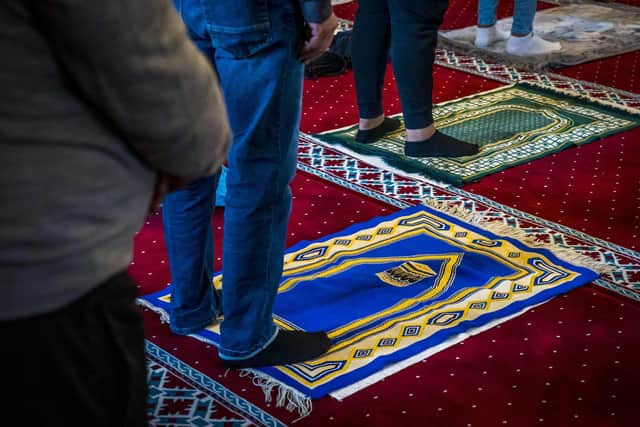Eid 2022: When is Eid al-Fitr, when is Eid al-Adha, and what are the origins of the Muslim holidays?
The most important day on the Islamic calendar is fast approaching, known as Eil al-Adha. The day is celebrated in Muslim communities around the world and is steeped in cultural traditions and history.
Here’s all you need to know about Eid al-Fitr, also written and pronounced Eid ul-Fitr, and Eid al-Adha.
Advertisement
Hide AdAdvertisement
Hide AdWhen is Eid al-Adha 2022?


Coming a few months after Eid al-Fitr, Eid al-Adha, is known by a few different names, including the Feast of Sacrifice, or simply Big Eid or Greater Eid. This important Muslim holiday signifies the willingness of the Prophet Ibrahim, known as Abraham in Christianity and Judaism, to sacrifice his son, Ismail, as ordered by Allah.
This year, it will take place between July 9th and July 13th, although the exact dates change slightly every year. According to the Islamic lunar calendar, Eid al-Adha falls on the 10th day of Dhu al-Hijjah and lasts for four days.
How to celebrate Eid al-Adha
In commemoration of Allah intervening and providing Ibrahim with a lamb to sacrifice instead of his son, animals are ritually sacrificed. One third of the meat is eaten by the family, with the rest given to those who need it in the community. Family members and friends will often also exchange sweets and gifts with one another.
There is also a particular salat, or prayer, that is made up of two rakats, or units, that is generally performed in an open field or large hall. In the Hanafi school of Sunni Islam, the prayer should only be performed in a congregation and features six additional Takbirs, or the action raising one’s hands to the ears while saying "Allāhu ʾAkbar", which means "God is the greatest".
Other Sunni schools usually have 12 Takbirs, split into groups of seven and five. In Shia Islam, the salat has six Takbirs in the first rakat and five in the second.[ Depending on the local customs and rules, this salat is either obligatory, strongly recommended, or preferable.
After prayer, Muslims celebrate Eid al-Adha predominantly with gifts and well wishes. To wish someone a ‘Happy Eid’ this year, you should Eid Mubarak, which is the Arabic phrase used both at Eid al-Fitr and Eid al-Adha.
Comments
Want to join the conversation? Please or to comment on this article.

